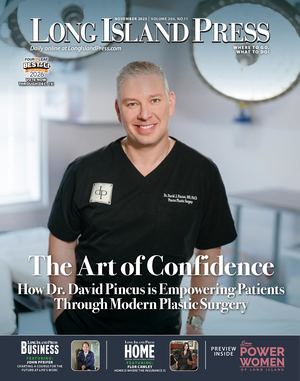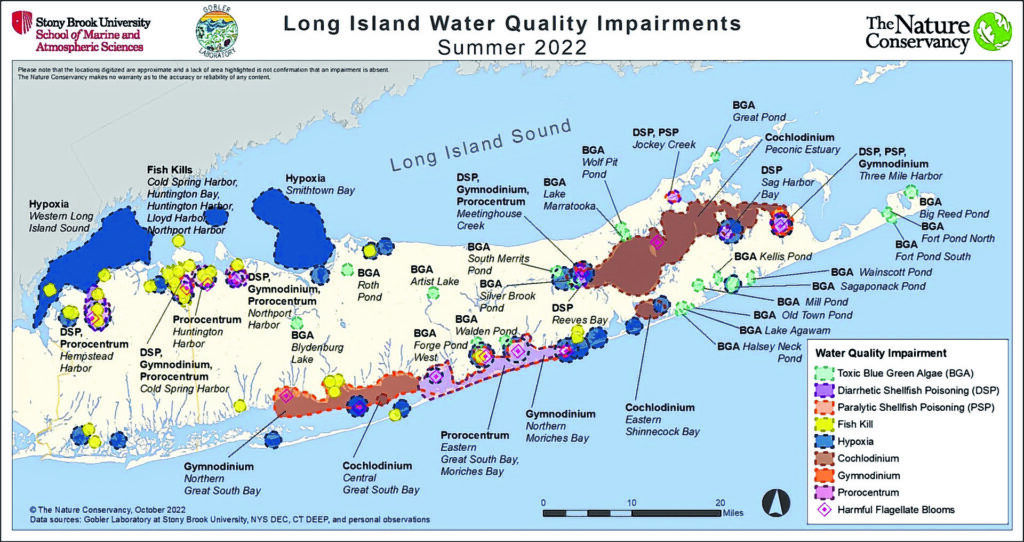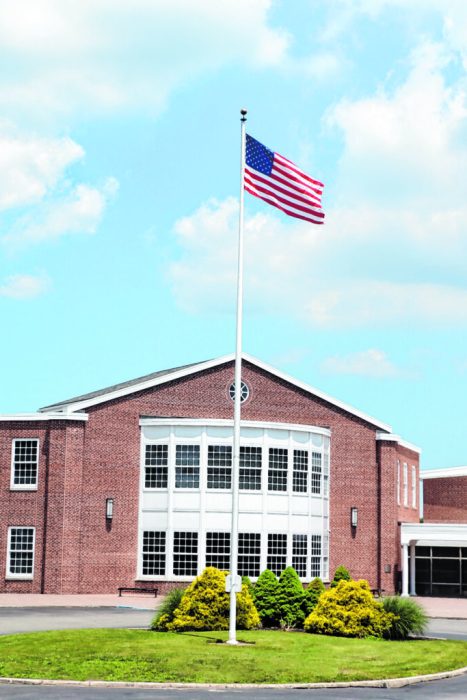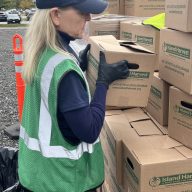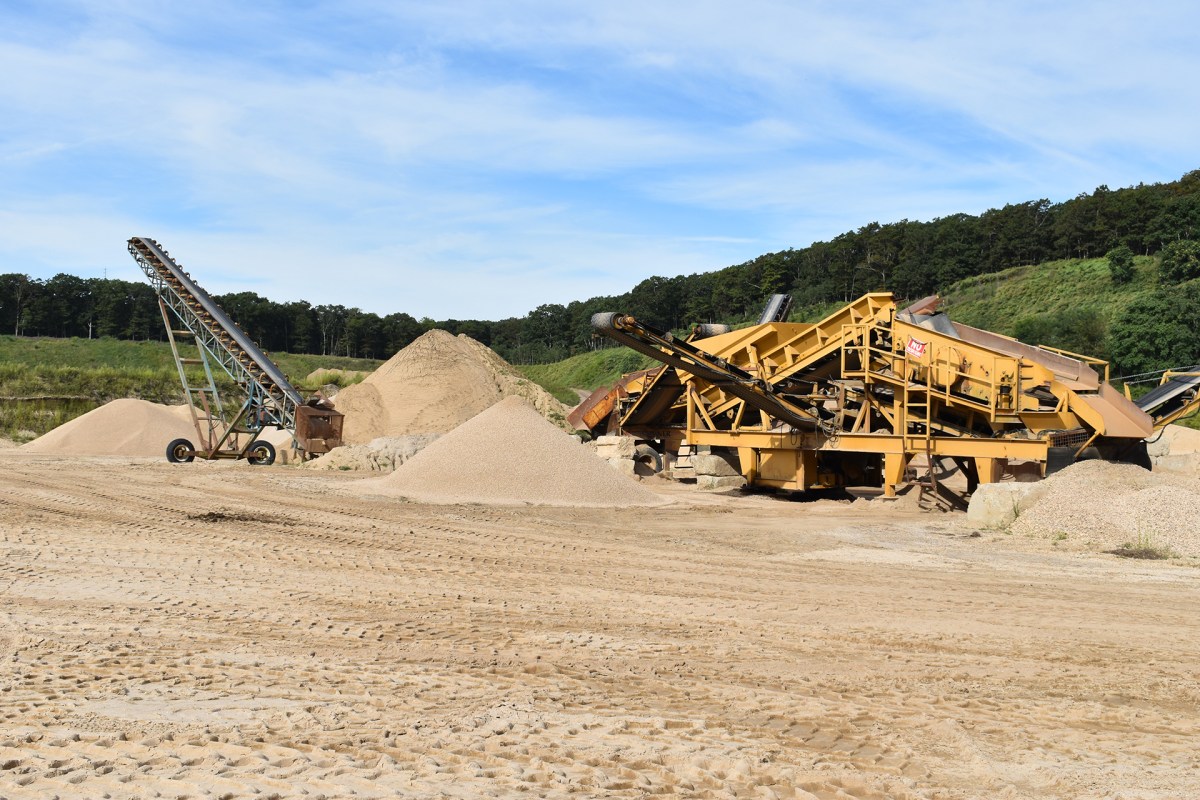New 2022 Map Shows Record Number of Fish Kills, Dead Zones, and Toxic Tides That Intensified Under the Heat of Summer
Scientists at Stony Brook University have completed their assessment of water quality in Long Island’s estuaries in 2022 and the news is not good –the announcement was made recently at a press conference on the Cold Spring Harbor waterfront. During the months of June through September, every major bay and estuary across Long Island was afflicted by fish kills, algal blooms and oxygen-starved, dead zones. Excessive delivery of nitrogen from onsite wastewater has been cited as the root cause of these disturbing events.
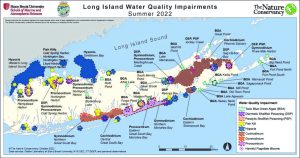
(Graphic Submitted by Friends of the Bay)
“While some aspects of 2022 were the ‘new normal’, other aspects were a surprise” said Dr. Christopher Gobler, Professor of Stony Brook University. “Most obviously, there was a ten-fold increase in the number of fish kills during summer 2022, all occurring during the hottest heat of summer, when oxygen levels were dropping to zero in many water bodies at night. The oxygen content of water naturally decreases as waters warm. The excess oxygen demand from decaying algal blooms transform these water bodies into ‘dead zones’ with ‘nocturnal anoxia’, or no oxygen at night.”
Beyond fish kills, the 2022 water quality impairment map noted more than 20 lakes and ponds with toxic blue-green algal blooms, more than two dozen low oxygen ‘dead zones’, and marine harmful algal blooms (HABs) across the North Shore, South Shore, and East End. Among the marine HABs, a worrisome development was the spread and intensification of a fish-killing HAB caused by the genus, Gymnodinium. The alga is notorious for causing one of the largest fish kills in recent history when it bloomed and contributed to the death of more than 500,000 fish in the western Peconic Estuary in 2015.
The occurrence of harmful algal blooms has contributed to the collapse of critical marine habitats such as seagrass, major fisheries on Long Island such as scallops and clams, and the coastal wetlands that help protect waterfront communities from the damaging impacts of storms. Groups such as The Nature Conservancy have been working for more than a decade to revive and restore these habitats and shellfish but have been challenged by algal blooms such as those witnessed during the summer of 2022.
Excessive nitrogen coming from household sewage that seeps into groundwater and ultimately, into bays, harbors, and estuaries or, in some cases, is directly discharged into surface waters, is a root cause of these maladies. Suffolk County and Nassau County completed ‘subwatershed studies’ last year that identified wastewater as the largest source of nitrogen to surface waters. Excessive nitrogen stimulates algal blooms that can, in turn, remove oxygen from bottom waters as they decay. Policies to mitigate nitrogen loading such as upgrading onsite septic systems are, therefore, the best defense against these impairments.
Despite all of the gloomy news, there were some signs of hope that can be found in the data.
“In Long Island Sound, the dead zone in 2022 was nearly 100 square miles smaller than it was 20 years ago thanks to sewage treatment plants removing 60 percent more nitrogen and reducing the flow of nitrogen into the Sound proper”, said Gobler. “This proves that reductions in nitrogen loading does improve water quality. It is likely that the fish kills in 2022 would have been far worse had these improvements not been made.”
—Submitted by Friends of The Bay
